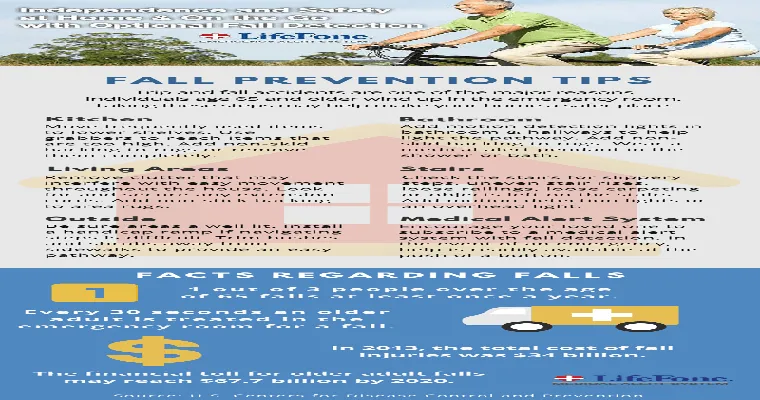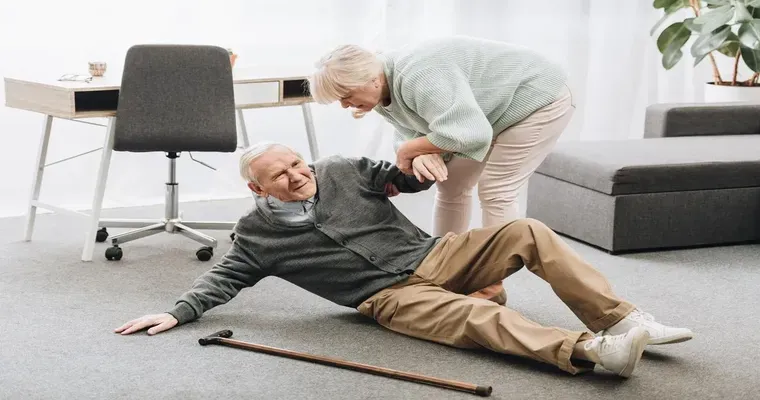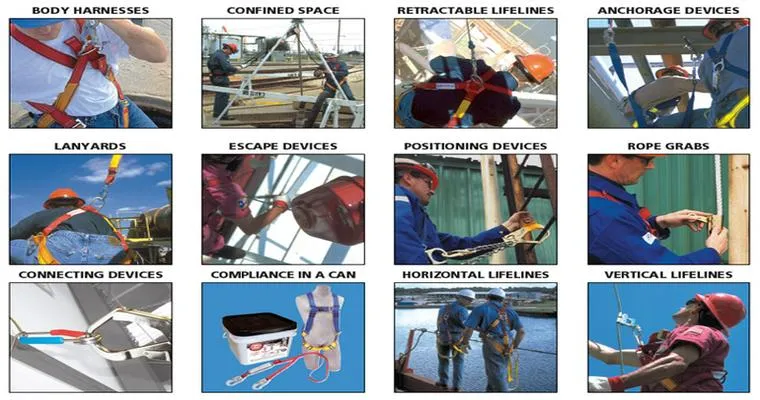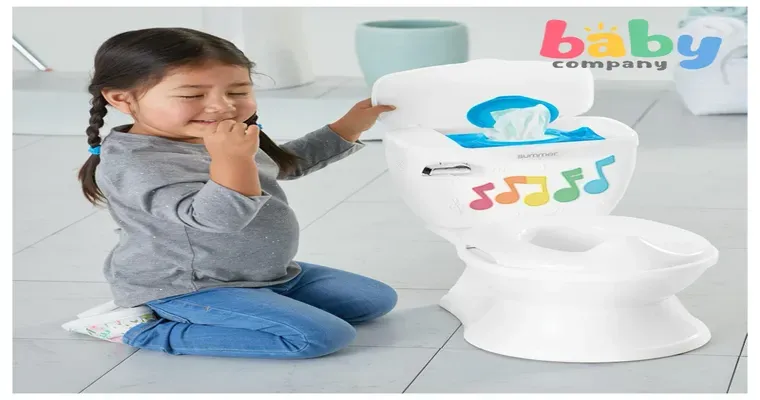As our loved ones age, ensuring their safety becomes paramount, especially when it comes to "fall prevention". This is particularly crucial for "seniors aging in place", where they strive to maintain their independence in the comfort of their own homes. Effective "fall prevention strategies" encompass a combination of lifestyle recommendations and tailored "home care fall prevention programs". This article explores valuable tips to help seniors minimize their risk of falling and promote a safer living environment.
Understanding the Risks of Falling
Falls are one of the leading causes of injury among seniors. Factors such as decreased mobility, poor vision, and certain medications can heighten the risk. By understanding these risks, caregivers and family members can implement practical solutions. Encouraging regular health check-ups can help identify any underlying conditions that may contribute to instability.
Lifestyle Recommendations for Seniors
1. "Regular Exercise": Engaging in physical activities can significantly improve strength, balance, and coordination. Simple exercises like walking, tai chi, or yoga can enhance mobility and reduce the likelihood of falls.
2. "Healthy Nutrition": A balanced diet rich in calcium and vitamin D supports bone health, making bones stronger and less prone to fractures. Hydration is also essential, as dehydration can lead to dizziness and confusion.
3. "Medication Management": Many seniors take multiple medications, which can sometimes cause side effects like dizziness. Regularly reviewing medications with a healthcare provider can help identify any that may increase fall risk.
4. "Vision Checks": Regular eye exams are vital. Poor vision can significantly increase the risk of falling, so ensuring that seniors have appropriate eyewear is crucial.
5. "Footwear Matters": Encouraging seniors to wear well-fitting shoes with non-slip soles can greatly reduce the risk of falling. Avoiding slippers or shoes with high heels is advisable.
Home Modifications for Safety
Creating a fall-proof environment is essential for seniors aging in place. Here are some home modifications to consider:
"Remove Clutter": Keep floors clear of clutter and obstacles that could cause trips. This includes loose rugs, electrical cords, and furniture.
"Install Handrails": Adding handrails in hallways and on stairs can provide support and stability.
"Improve Lighting": Ensure that all areas of the home are well-lit. Consider using night lights in bedrooms, hallways, and bathrooms to prevent falls during nighttime.
"Bathroom Safety": Install grab bars in the shower and near the toilet. Using non-slip mats can also help prevent falls in wet areas.
"Emergency Response Systems": Encourage seniors to have a personal emergency response system (PERS) to quickly call for help if they do fall.
Home Care Fall Prevention Programs
Many seniors benefit from professional support through "home care fall prevention programs". These programs typically include:
"Personalized Assessments": Home care professionals can conduct thorough assessments to identify specific fall risks in a senior's home.
"Exercise and Rehabilitation": Home care aides can assist seniors with tailored exercise programs designed to improve strength and balance.
"Education and Training": Caregivers can educate seniors about safe practices, such as how to safely get up after a fall and how to use mobility aids.
"Regular Monitoring": Regular check-ins and assessments can help track the senior's progress and adjust care plans as needed.
Conclusion
Fall prevention is a critical aspect of supporting "seniors aging in place". By implementing lifestyle recommendations, making necessary home modifications, and utilizing "home care fall prevention programs", families and caregivers can create a safer environment. Prioritizing these strategies not only helps reduce the risk of falls but also enhances the overall quality of life for seniors, allowing them to enjoy their independence at home.





